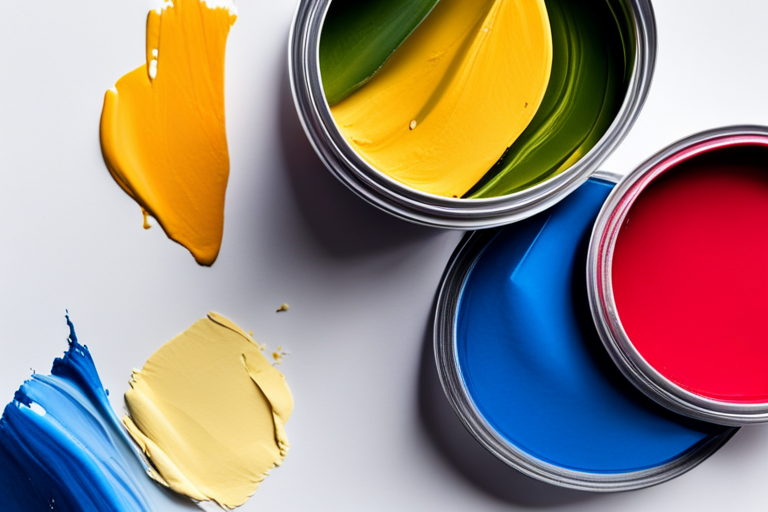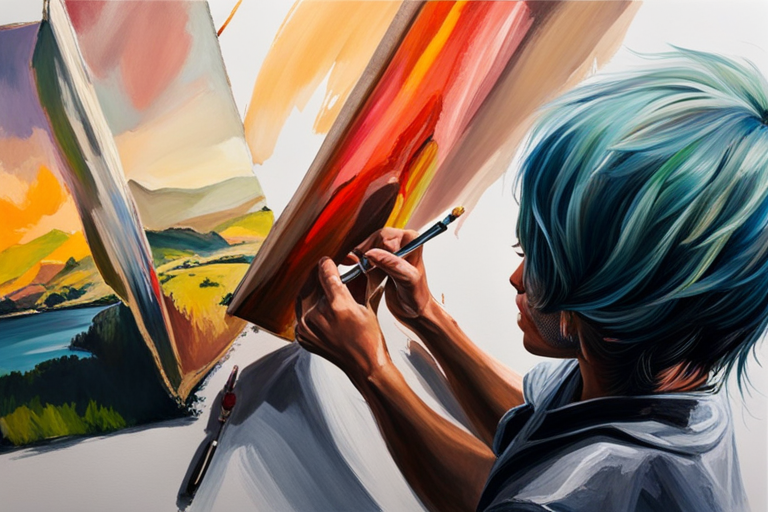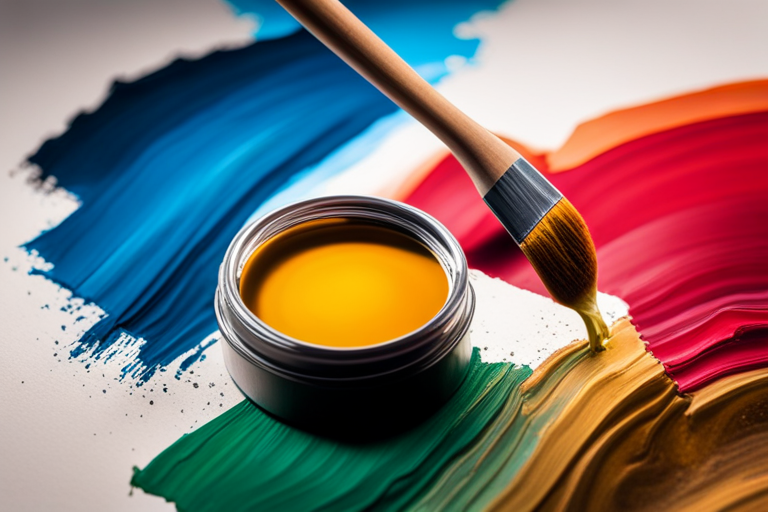Gouache paint is a versatile medium that offers a range of opportunities for artists. It is known for its vibrancy and ability to blend smoothly. However, one of its biggest drawbacks is its transparency, which may not be suitable for artists seeking a more opaque finish. This is where the art of making gouache paint opaque comes in handy. It is crucial to know how to make gouache paint opaque effectively to achieve your desired results.
This blog post will explore the techniques artists can use to enhance the opacity of their gouache paint. Learning how to make gouache paint more opaque is essential for artists who require greater coverage and brightness in their artwork.
Whether you are a beginner or a professional artist, this post will equip you with the necessary skills to produce a desirable finished product. Furthermore, readers will learn how to layer gouache paint effectively, allowing for even coverage and depths of color.
The process of making gouache paint opaque is straightforward and can be achieved through various methods. One way is to apply the paint in thick layers and allow it to dry before adding further coats. This creates a solid base of color and enhances the paint’s opacity. Another method involves mixing white gouache with your selected color to increase the paint’s opacity. This method allows artists to control the level of opacity they wish to achieve, making it a valuable technique.
Consequently, mastering the art of making gouache paint opaque will prove to be an indispensable skill for artists working in this medium. With the tips shared in this post, readers can achieve greater depth, brightness, and coverage in their gouache artwork. Understanding how to layer gouache paint, using white gouache to mix with colors, and allowing each layer to dry fully before applying more paint are essential techniques that will enhance the finished product.
Gouache paint in thick layers
Gouache paint is a unique medium that is gaining popularity among artists and designers as it offers a variety of possibilities in terms of opacity and texture. One of the most appealing aspects of gouache paint is that it can be applied in thick layers, allowing artists to create bold, vivid paintings with a lot of depth and texture.
To achieve the best results when using gouache paint in thick layers, there are a few tips and tricks that artists should keep in mind. One of the most important things to consider is the type of paper you use. Gouache paint tends to absorb quickly into paper, so it is recommended to use a heavier or watercolor paper that can withstand the paint’s thickness.
When creating a thick layer of gouache paint, it is recommended to apply the paint in sections, each section building on the previous one. This process allows the paint to dry thoroughly, creating a more even finish. Then, layer in more paint as necessary, using a brush or palette knife to create interesting textures.
Another useful trick is to mix your gouache paint with a medium such as gum arabic, which can help prevent the paint from cracking as it dries. Additionally, using a toothbrush or sponge to spatter paint onto your canvas can create interesting effects.
Gouache paint can be a challenging medium to work with, but the results can be stunning. By using these tips and tricks, artists can create beautiful paintings with depth and texture that are sure to impress. So, whether you’re a seasoned artist or just starting out, experiment with gouache paint and discover the unique possibilities this medium has to offer.
Allow each layer of gouache paint to fully dry before applying more layers
To get the best results from gouache paint, it is important to allow each layer to fully dry before applying a second layer. Although it may seem tempting to rush through the process, allowing each layer to fully dry will result in a better-looking painting.
One of the key benefits of allowing each layer of gouache paint to dry is that it helps to prevent smudging and mixing of colors. When paint is still wet, it’s more likely to smear or blend with adjacent colors, which can result in a muddy or unclear image. By allowing each layer to dry before applying another, you can ensure that colors stay crisp and true to their intended hue.
Another benefit of letting each layer of gouache paint dry is that it allows you to build up depth and dimension in your artwork. As each layer dries, it provides a foundation for subsequent layers to adhere to, which can create a more layered and nuanced effect. This is particularly beneficial when you’re working on a piece that requires multiple layers of shading or highlighting.
In order to get the best results from your gouache paint, it’s important to follow a few key tips:
1. Use a light touch when applying each layer of paint, as heavy-handed strokes can result in a bumpy or uneven surface.
2. Allow each layer to fully dry before applying a new layer, which can take anywhere from a few minutes to several hours depending on the thickness of the paint.
3. Consider using a hairdryer or fan to speed up the drying process, but be careful not to overheat the paint, which can cause cracking or bubbling.
4. When applying subsequent layers, consider using a different brush or tool to create texture or visual interest, such as a sponge stenciling brush.
By taking the time to allow each layer of gouache paint to fully dry, you can create beautiful artwork that is vibrant, detailed, and true to your vision.
Use a white gouache paint mixed into the color to achieve opacity
When working with watercolors, achieving opacity with certain colors can be tricky. However, using a white gouache paint mixed into the color can help to achieve the desired level of opacity. Here are some key factors and details to keep in mind when using this technique:
1. Start with a small amount of white gouache. A little bit goes a long way, and adding too much can completely alter the color you are working with.
2. Mix the white gouache into the color gradually. Add a little bit at a time and test the opacity as you go. This will help you achieve the perfect level of opacity without overdoing it.
3. Use a palette knife or small brush to mix the paint. This will ensure that the white gouache is evenly distributed throughout the color.
4. Be careful not to overwork the paint. Overworking the paint can result in a muddy texture and decreased opacity.
5. Consider the type of paper you are using. Some watercolor paper is more absorbent than others, which can impact the opacity of the paint. Experiment with different papers to find the one that works best for your needs.
6. Remember that the amount of water you use can also impact the opacity of the paint. Using less water can help to achieve a more opaque result.
Using white gouache paint mixed with the color is a great way to achieve opacity when working with watercolors. With a bit of practice and experimentation, you can master this technique and create beautiful, opaque watercolor paintings.
Conclusion
The process of making gouache paint opaque does not require rocket science, but you will need some basic knowledge of the paint and its application. Outlines are an essential part of the process, as they help guide the painter’s strokes and ensure consistency. It is also essential to allow each layer to dry before applying more paint to avoid smudging or ruining the previous layer.
Finally, don’t hesitate to add some white gouache paint to the color to achieve the desired level of opacity. By following these tips, you can create vibrant and opaque gouache paintings that will enhance your creativity and artistic skills. So why not start today and take your painting skills to the next level?



Leave a Reply